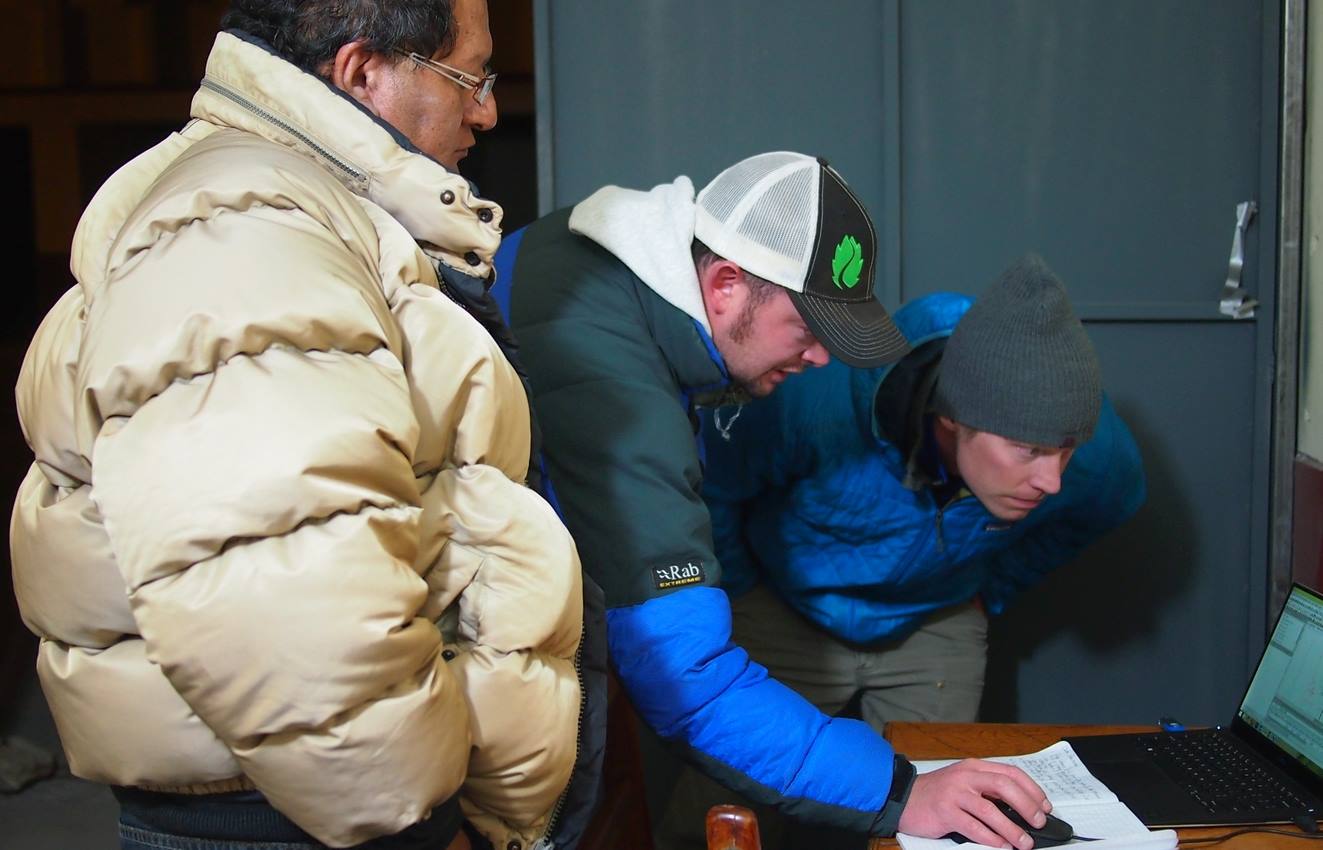Glaciers in tropical mountain ranges are experiencing similar impact from the drivers of climate change as those in the polar regions of Antarctica and the Northern Hemisphere, according to a study published today in Nature.
The paper by a team of international scientists, including Robert Hatfield, an assistant professor in the University of Florida Department of Geological Sciences, is the first to show that the effects of greenhouse gases and other drivers of the Earth’s temperature are impacting glaciers in the Southern Hemisphere at the same pacing as ice sheets in the north. To derive their findings, researchers used sedimentary deposits from Lake Junín, high in the Peruvian Andes, to create a record of glacial changes stretching back 700,000 years.
Hatfield explained that much of what scientists knew about past glacial changes came from records of ice growth and decay that occurred in the Northern Hemisphere.
“As we try to understand how climate works across the globe, we need more than just records that are influenced by and biased toward the Northern Hemisphere,” Hatfield said.

Scientists worked around the clock for seven weeks, drilling 100 meters into Lake Junin, high in the Peruvian Andes. They collected sediment to create a record of glacial changes that stretches back nearly 1 million years. (Union College)
The land-based lake record collected by Hatfield and his colleagues matches the duration of ice core records from Antarctica and spans the longest time frame ever collected from the Southern Hemisphere.
“What makes our findings unique is that we were able to get a continuous and independently dated record of tropical Alpine glaciation for the first time,” he said. “The key takeaway was that the tropics follow the same beat and same rhythm to what’s going on in the Northern Hemisphere.”
Despite variations in solar radiation between the two hemispheres, the study showed glacier changes in both regions occurred at the same time. This suggests that the rise in atmospheric greenhouse gas concentrations associated with changes in the volume of the ice sheets of the north is influencing the entire planet simultaneously.
When glaciers were extensive in the high Andes, they eroded the mountains around them, sending sediment contained in meltwater to Lake Junín. In warmer times when the glaciers were absent, carbonate was deposited in the lake instead.
To collect their data, geologists launched a massive drilling mission at the lake in 2015, funded by the National Science Foundation and International Continental Scientific Drilling Program. Working around the clock for seven weeks, the group retrieved 100 meters of sediment from the lake’s basin. With the sediment recovered, researchers spent the next few years developing a solid age model.

(Christine Y. Chen)
Christine Y. Chen, a Lawrence Livermore National Laboratory scientist and co-author of the paper, analyzed the uranium and thorium content of the sediments to determine how much time was represented by the sediment core.
“Scientists have known for nearly a century that rising greenhouse gases will affect the climate in every corner of the world, but we’ve been less certain about how rapidly changes in ice volume at the poles will propagate to the rest of the world.” Chen said. “The high-altitude mountains in the tropics are essentially as far away from the poles one can get. We’ve now shown that ice in both regions have been growing and decaying synchronously with one another for nearly a million years, which further highlights the interconnectedness of our planet.”
In 2020, the group published its findings about the age of the sediments and went to work at looking at its climate record. Using a combination of mineral magnetism and sediment geochemistry, geologists reconstructed the timing and magnitude of the glacial changes over the 700,000-year timeframe.
According to Hatfield, the initial plan for the research was formed during a workshop in 2009 and included 27 authors on the final published paper, including its lead author, Donald T. Rodbell, of Union College in Schenectady, New York.